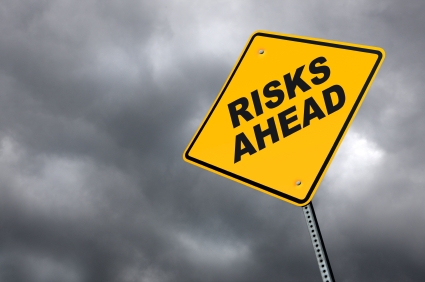- Completed Operations Exposure Evaluations
- Contractual Risk Transfer Program Evaluations
- Construction General Liability Exposure Evaluations, including work zone safety, utility damage disruption prevention, water and fire damage prevention, dust control and construction defects prevention
- Emergency Plan and Disaster Recovery Evaluations
- Life Safety Evaluation based on the NFPA 101 Guidelines for Fire Life Safety Codes
- Premises Liability Exposure Evaluations, including slip and fall prevention and negligent security
- Products Liability Program Evaluations
- Quality Control Program Evaluations
- Workplace Violence Prevention Program Evaluations
The Total Cost Of Your Insurance Program, Part 2
Liability exposures can exist anywhere in a business. So a comprehensive loss management program would include a process to identify and manage risks to the company and the public. Risk control can help the client identify and focus on the hidden, if not obvious, exposures that cause liability-related losses.|








